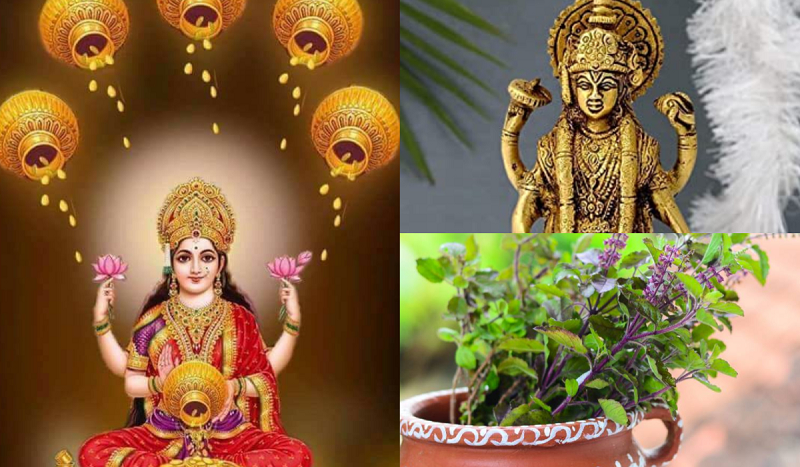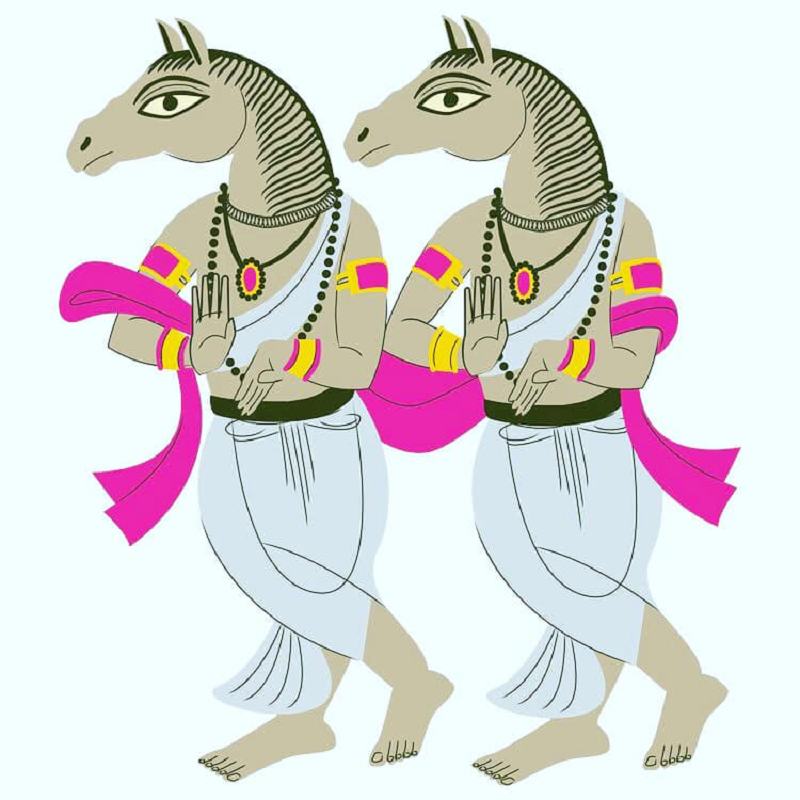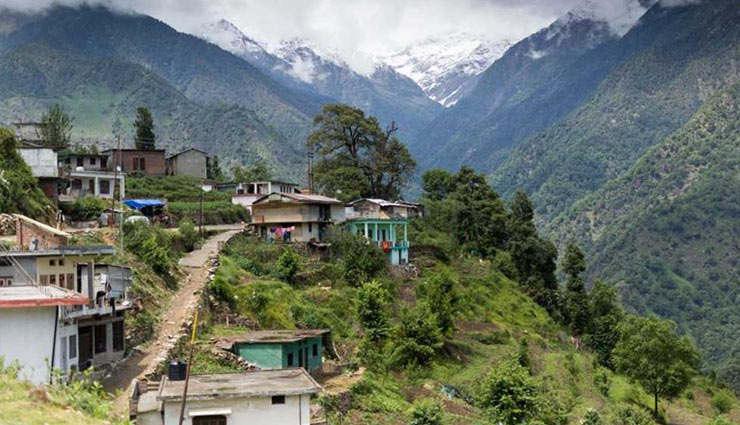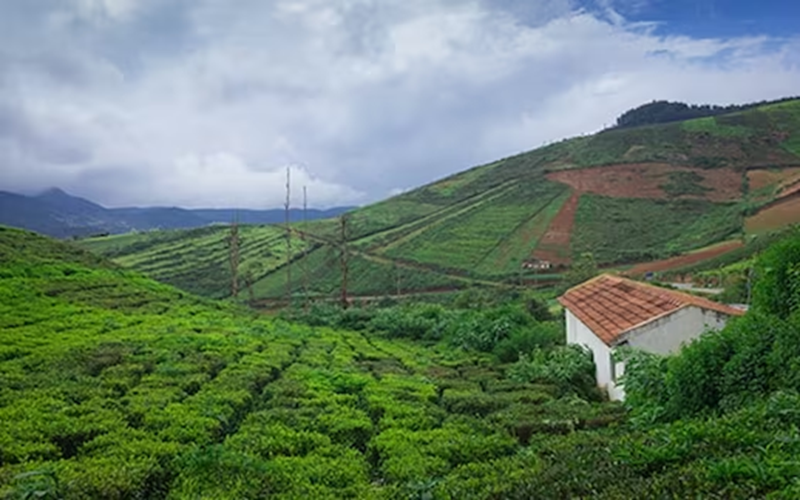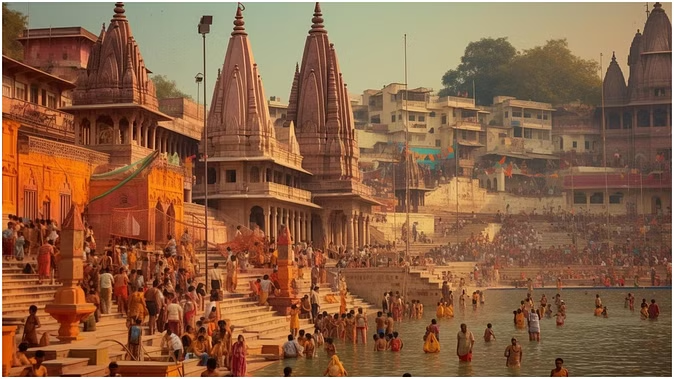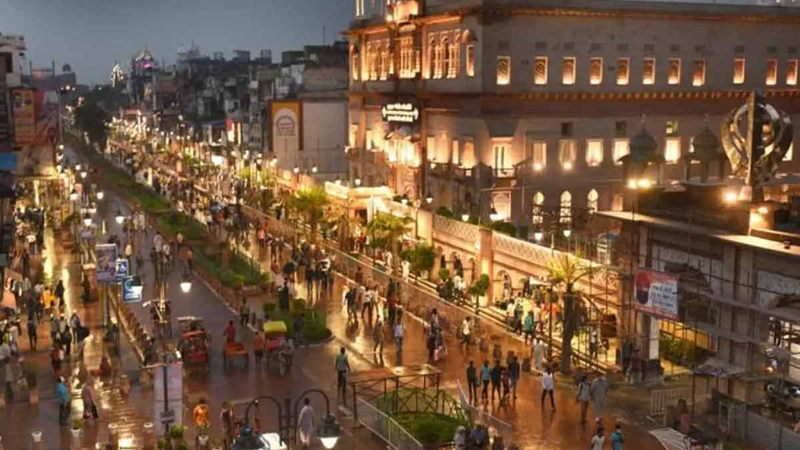Rajasthan has seen many powerful kings come and go in its past, which is why this state is known as the "Land of Kings". The forts, palaces, temples, and historical monuments built by these powerful kings still give a historical glimpse of their dynasty, which remains a center of attraction for history lovers and tourists. When it comes to collecting information about the true and interesting history of India, there is no better place than Rajasthan because Rajasthan is a state which has preserved its historical sites very well even today.

Jaigarh Fort, Jaipur
Jaigarh Fort is also known as "Cheel ka Tila", which means "hill of the eagle", the fort is at the height of the Aravalli Range, even as it overlooks the great Amber Fort in Jaipur, Rajasthan. The fort is also famous for the "Victory Fort", a cannon was built in the fort which was the world's largest cannon on wheels at that time, known as the "Jaivana Cannon". There are underground passages that connect Jaigarh Fort and Amber Fort. The fort has thick and high walls of red sandstone covering an area of 3 km, as the fort is situated on hills, the fort has a central watch tower from where you can view the excellent surrounding landscape. There is a 'Aram Mandir' and garden inside its courtyard, you must visit this fort. You will get a wonderful experience of exploring nature in this historical monument.
Amer Fort, Jaipur
Amer Fort, located on the top of the Aravalli hill in Jaipur, is a major historical site of Rajasthan, which was built by Raja Man Singh in 1592 AD and his successors expanded and renovated the fort for the next 150 years. Known as the main historical monument of Rajasthan, this fort is quite famous because of its architectural art and history. Amer Fort is so famous in India that more than five thousand people come here every day to visit.
Nahargarh Fort
Nahargarh Fort is located in Jaipur, the capital of Rajasthan, one of the countless palaces and beautiful historical buildings that tell the glorious and rich history of this city. The Nahargarh Fort, marked by many important historical events, was also built in 1734 by Maharaja Sawai Jai Singh, the founder of the city of Jaipur. Nahargarh Fort with delicate carvings and splendid stonework is an impregnable fort that together with Amer Fort and Jaigarh Fort stands as strong defenders of the city of Jaipur. The best thing about this fort was that it was never attacked in its long history. However, the fort has been the site of major historical events such as the signing of treaties with the Maratha forces in the 18th century. Any tourist who goes to visit Jaipur cannot live without seeing this historical fort, so imagine how special this fort would be from the point of view of tourism.
Jaisalmer Fort
Jaisalmer Fort is one of the rare "living forts" in the world located in the city of Jaisalmer in the state of Rajasthan. A quarter of the population in this town lives within the fort as there are many shops, temples, restaurants, and houses which provide them a source of income. This fort is one of the 6 UNESCO World Heritage Sites of Rajasthan popularly known as the Golden Fort or Sonar Quila as it is situated on the golden sands of the Thar Desert. The mesmerizing beauty of the fort and its massive structure attracts a lot of tourists. It is on the list of one of the largest forts in the world. This famous heritage site was built in the year 1156 and was named after the erstwhile Bhati Rajput ruler Rao Jaisal. It is one of the must-see forts in Rajasthan where you can witness its rich culture and history and enjoy the feel of royalty and explore its beauty by wandering its labyrinthine lanes.
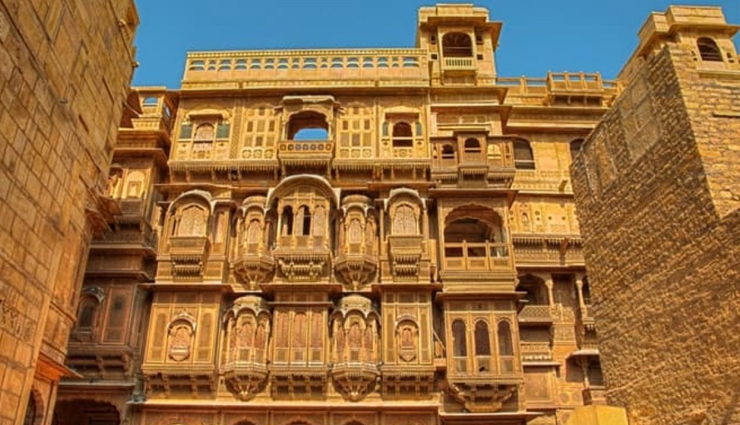
Patwon Ki Haveli
Patwon ki Haveli is an ancient housing structure, often referred to as a 'haveli', located in Jaisalmer, Rajasthan. This haveli is a major tourist and historical site in Rajasthan. Colored in an enchanting shade of yellow, Patwa Ki Haveli attracts a lot of tourists visiting this city. This charming haveli is an impressive monument of Jaisalmer as it is one of the oldest constructions in the city. Patwon ki Haveli is a group of five havelis built by a wealthy merchant 'Patwa', who built one for each of his five sons. Whenever you come to visit here, a museum will also be seen on the premises of a hawala, in which you will be able to see a magnificent display of artifacts, paintings, arts and crafts of the bygone era.
Junagarh Fort, Bikaner
The Junagarh Fort located in Bikaner, Rajasthan is a very beautiful and magnificent structure. This beautiful palace included in the major historical monument of Rajasthan was earlier known as "Bikaner Fort" but then in the 20th century, the name of this fort was changed to Junagarh. Junagarh Fort is very attractive, which attracts tourists coming here.
Taragarh Fort, Ajmer
Taragarh Fort, also known as Star Fort, is one of the oldest, most unique, and most magnificent forts in the state of Rajasthan, which was built in the Rajasthani style of architecture. The place is situated on a steep hill that offers a panoramic and breathtaking view of the entire Ajmer city. This fort was built in the year 1113 during the reign of the famous king Ajaypal Chauhan. The beauty of this beautiful place is at its peak during the sunset when we can see the entire city drowning in the pale light. Its history and rich culture provide a wonderful experience for tourists. The main attraction of this place is the three huge entrance gates and the sculptures which have been designed and carved with such precision that it is very beautiful and this wonderful piece of architecture attracts a lot of people. It also includes some huge water reserves. The place is one of the ideal spots and is also preferred by photogenic people for photography due to the panoramic view of the entire city which makes it a must-visit place in the city.
Ranthambore Fort, Sawai Madhopur
The Ranthambore Fort in Sawai Madhopur was built by Raja Sajjan Vir Singh, it is situated between two hills. After Raja Sajjan, many of his successors contributed to its construction. The most famous of this fort was during the reign of Hammir Dev Chauhan in 1282-1301. Alauddin Khilji captured this fort in 1301, after which the Mughals had authority over it till the middle of the 18th century. Later, Raja Sawai Madho Singh of Jaipur requested the Mughals to hand over this fort to him. He developed the nearby village and strengthened the fort, later the city was named Sawai Madhopur after him. This historical site has been included in the UNESCO World Heritage List since 21 June 2013.
Mehrangarh Fort
Mehrangarh Fort, situated on top of a 410 feet high hill in the city of Jodhpur, is one of the Historical Places of Rajasthan built by Rao Jodha in 1459. After the main construction of this fort, other rulers of Jodhpur, Maldev Maharaja, Ajit Singh Maharaja, Takhat Singh, and Maharaja Hanwant Singh made other constructions in this fort. In the architecture of the fort, you can also see the basic architectural style of the 5th century with the features of 20th-century architecture.
Chittorgarh Fort
Chittorgarh Fort is the largest fort in India. It symbolizes the bravery and courage of the Rajput Kings of Sisodia and Mewar rulers. This fort was built by the Mauryan dynasty king Chitrangad in the seventh century and named it as Chitrakoot. In 738, Guhilvanshi king Bappa Rawal defeated Manmori, the last ruler of the Maurya dynasty that ruled Rajputana, and took this fort under his control. The Parmar king Munj of Malwa snatched it from the Guhilvanshis and merged it with his kingdom. Thus in the 9th-10th century, it was dominated by the Paramaras. It is said about the Chittorgarh fort, “Garh to Chittorgarh aur Sab Gadhaiya”.
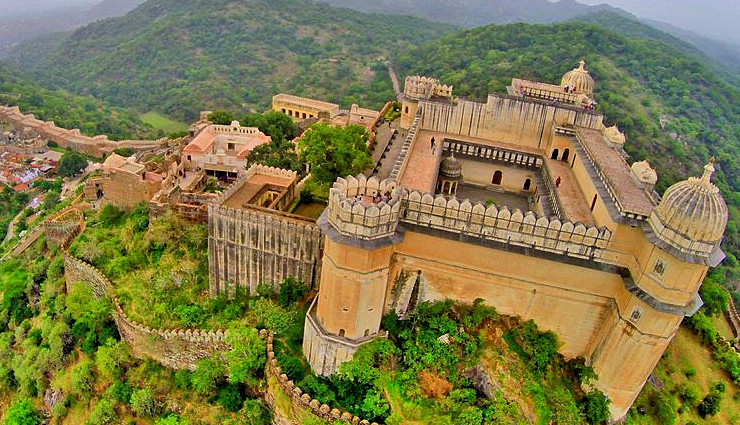
Kumbhalgarh Fort
Kumbhalgarh Fort is a famous historical monument of Rajasthan which is famous for its walls and majestic wildlife sanctuary. This historical fort built by King Kumbha comes under the Rajsamand district. The major attraction of Kumbhalgarh is its walls which are the second longest wall in the world after the Great Wall of China. Kumbhalgarh Fort is one of the five hill forts in the state of Rajasthan, which was declared a UNESCO World Heritage Site in the year 2013. Built on the foothills of the Aravalli range, the fort is surrounded by thirteen hill peaks of the range and is situated at an altitude of 1,914 meters.
(PC: Lifeberrys)


